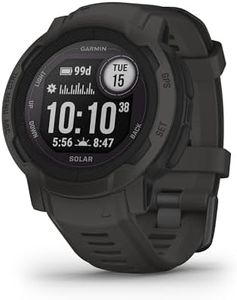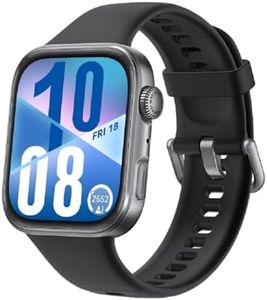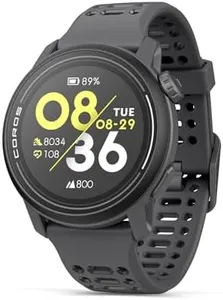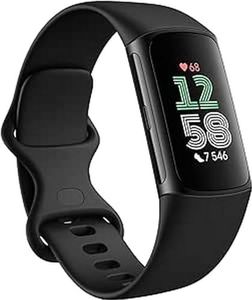We Use CookiesWe use cookies to enhance the security, performance,
functionality and for analytical and promotional activities. By continuing to browse this site you
are agreeing to our privacy policy
10 Best Long Battery Life Smartwatch
From leading brands and best sellers available on the web.Buying Guide for the Best Long Battery Life Smartwatch
Choosing a long-battery-life smartwatch is a smart move if you want a device that keeps up with your daily activities and reduces the hassle of frequent charging. The right smartwatch should fit comfortably into your lifestyle, offer the features you actually use, and have a battery life that matches your expectations. When evaluating different options, pay close attention to key specifications that describe battery performance, display, and energy efficiency, as these will directly affect how long your watch lasts between charges. Consider how you'll use your smartwatch—whether for fitness tracking, notifications, or advanced features—and select one where the battery duration aligns with your routine.Battery Life (Rated Hours/Days)Battery life is the estimated duration you can use the smartwatch before needing to recharge it. This is one of the most important specs if you want a watch that lasts longer. Manufacturers often express battery life in days or hours depending on usage. Basic watches may last a few days, while more battery-efficient models can stretch to a week or more; some even tout multi-week endurance with limited features. If you need a watch primarily for notifications and casual tracking, a shorter battery life may suffice. However, for regular exercise tracking, sleep monitoring, or travel, you may want a model claiming several days or more per charge.
Display TypeThe display type can greatly affect battery life. Smartwatches typically use LCD, OLED/AMOLED, or e-ink screens. LCD and AMOLED screens are bright and colorful but consume more power, especially when displaying rich visuals or always-on faces. E-ink displays use less power and excel in simple, information-focused watches, often leading to much longer battery life. If you value color and touch interaction, you'll likely pick LCD or AMOLED, but if your priority is maximum battery longevity and simple function, e-ink might be best.
Always-On Display (AOD)Always-On Display is a feature where the screen shows key information even when not actively in use, which makes checking time and notifications quicker but drains the battery faster. Watches with this feature enabled will consume more power, reducing the time between charges. If long battery life is crucial, look for watches that let you toggle this setting or don’t have it at all, or be prepared to disable it for extra battery life.
GPS and Sensors UsageIntegrated GPS and other advanced sensors (like heart rate, SpO2, or sleep tracking) are valuable for fitness and health tracking but can significantly drain the battery, especially when used continuously. Battery ratings often assume minimal GPS use. Think about how often you’ll use these features: if you regularly use outdoor exercise tracking, opt for a watch known for efficient GPS, or one that allows limiting background sensor activity.
Power Saving ModesPower saving modes are specialized settings that limit watch functions to extend battery life, such as dimming the screen, disabling background apps, or restricting connectivity. Watches with more customizable or aggressive power saving options can double or triple battery life at the expense of features. Decide if you’re okay with losing some smart functions for days of extra use—if yes, pick a watch with strong power saving features.
Charging Method and SpeedCharging method (magnetic dock, USB cable, wireless) and speed (how quickly the battery fills up) won’t directly affect battery life, but they impact daily convenience. Fast-charging watches or those with easily accessible chargers make shorter battery life less of a burden. If you’re often in a hurry or forget to charge, look for watches with fast charge times or convenient charging options to minimize downtime.

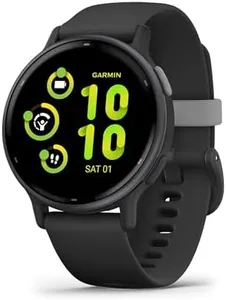


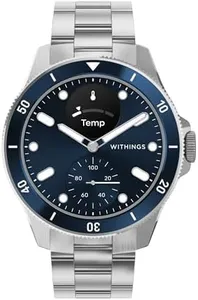
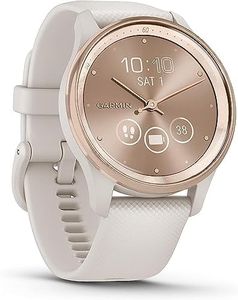
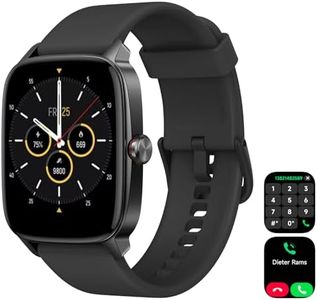
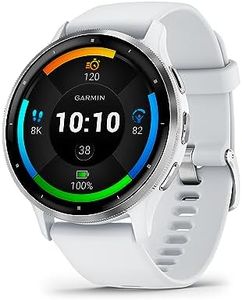
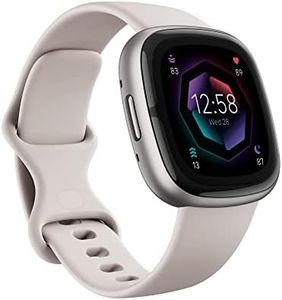
![Samsung Galaxy Fit3 [AU Version], 13 Days Battery, Sleep Tracking Smartwatch, Grey](https://images-proxy.bestreviews.guide/wPh2ghk-9Uy8HisaEoc-XpBaWFg=/0x300/https://m.media-amazon.com/images/I/41bMq5q8bML._AC_CX679_.jpg)
